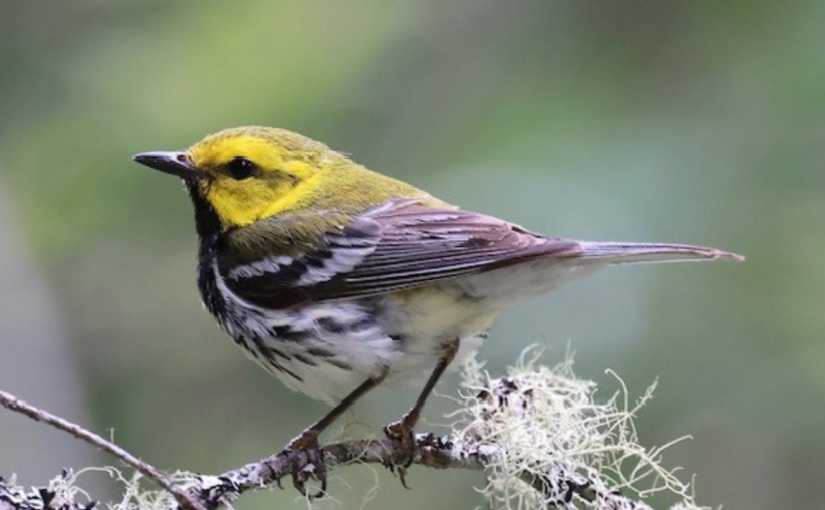Nagagamisis Provincial Park is a very special place for birds — just ask camper Edith St. Martin.
During her stay this summer, Edith combined her deep love of learning and teaching with paddling and photography. Her captivating photos of birds in the park, and her willingness to share them, show us just how diverse and beautiful the birdlife is here at Nagagamisis.
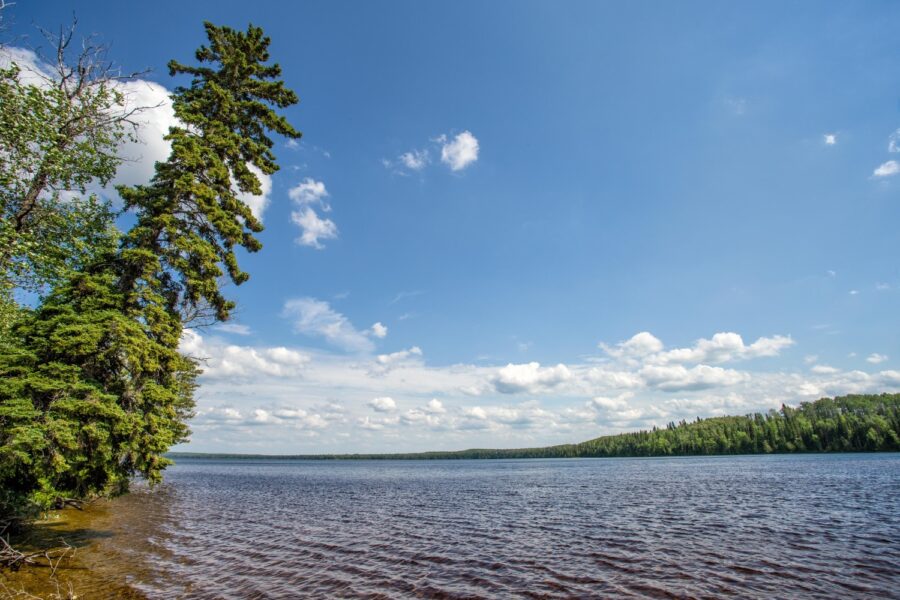
Known as the bird nursery of North America, the boreal forest is an ideal nesting ground for approximately 1 to 3 billion migratory birds that travel north each spring to breed.
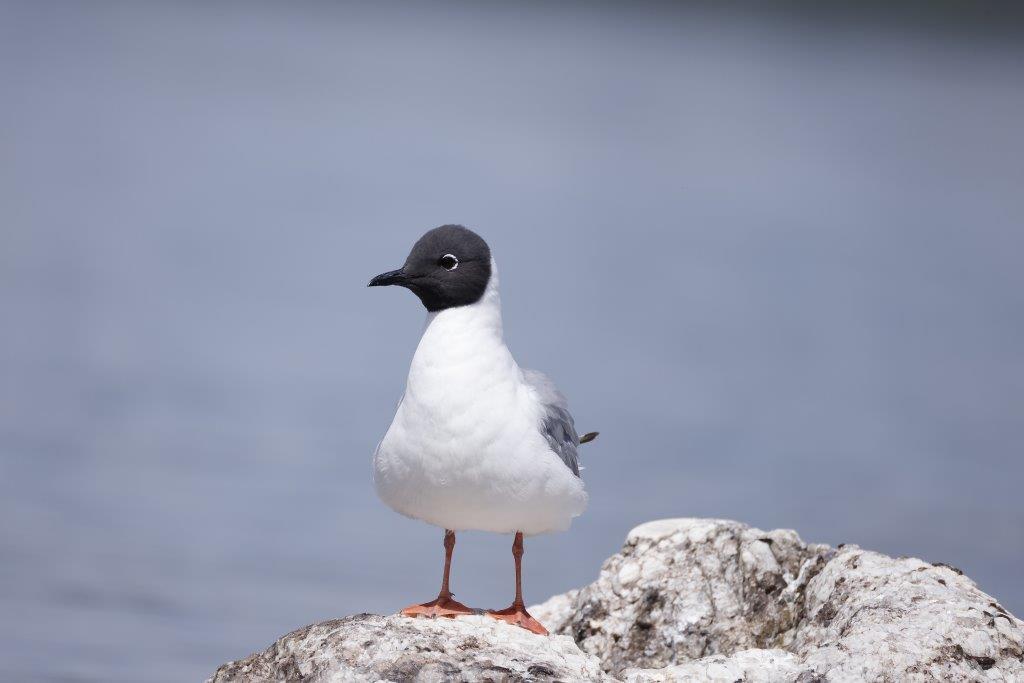
Edith’s photos literally provide a snapshot of not only the busy breeding season in the boreal forest, but also the importance of places like Nagagamisis as critical habitat for migrating birds that need a special place to stop, rest, and feed on their long journeys back south in the late summer and fall.
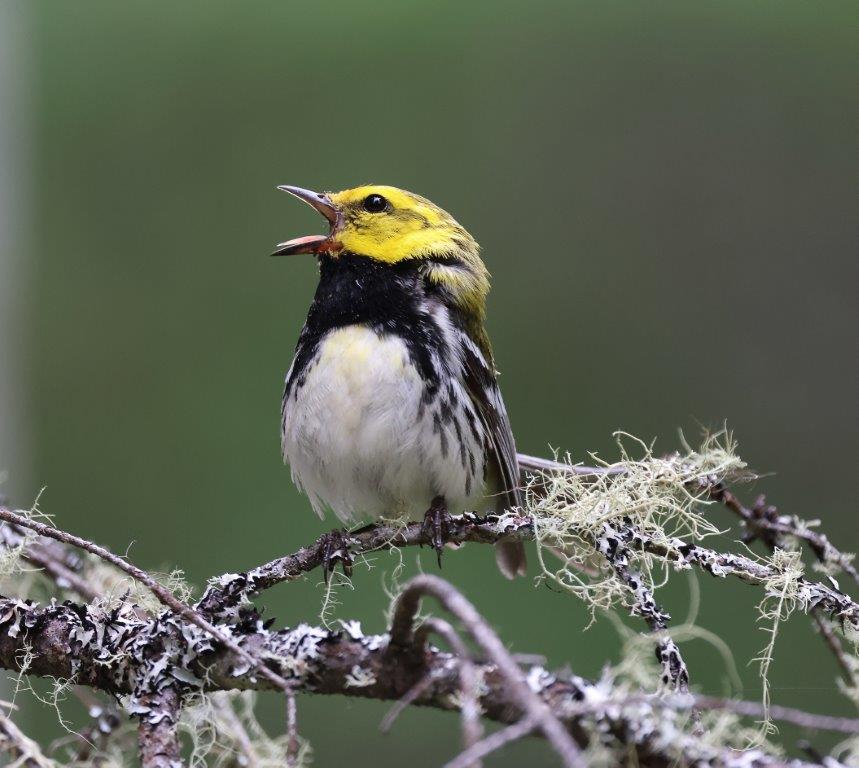
“I’ve always been curious about everything about nature”, says Edith. Growing up in a family that travelled a lot, Edith was given a polaroid camera at a young age and invited to create her own scrapbook of the travels from her perspective.
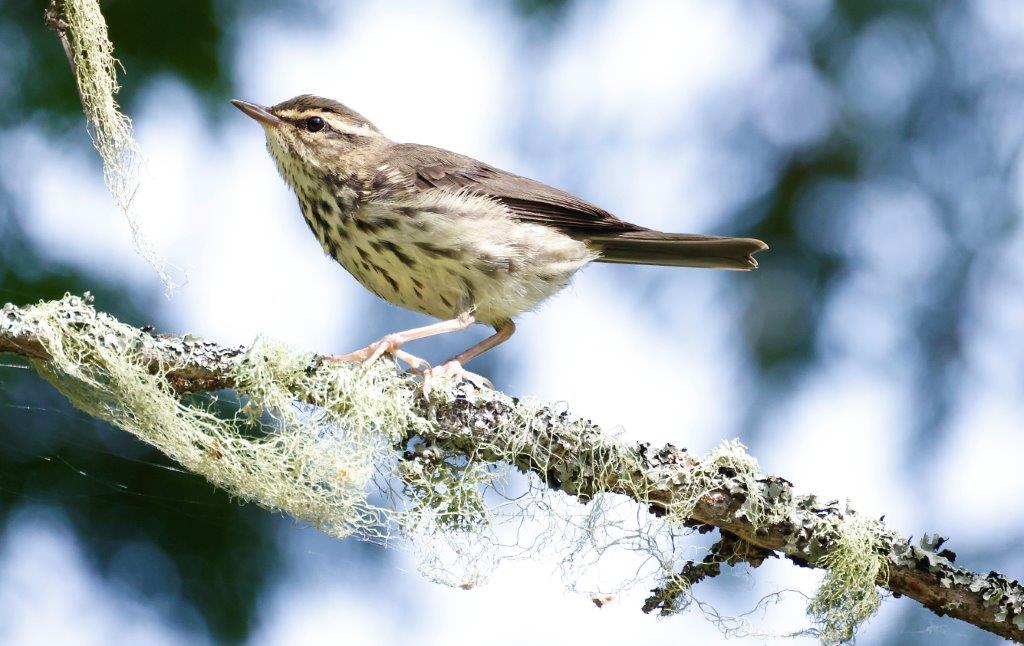
Now, she uses an 800mm camera lens with an F11 setting for most of her shots, achieving incredible detail in her subjects. “This year with my cameras, it’s just wow! The details are phenomenal on birds. Each of the little feathers has a function. It’s just grand.”
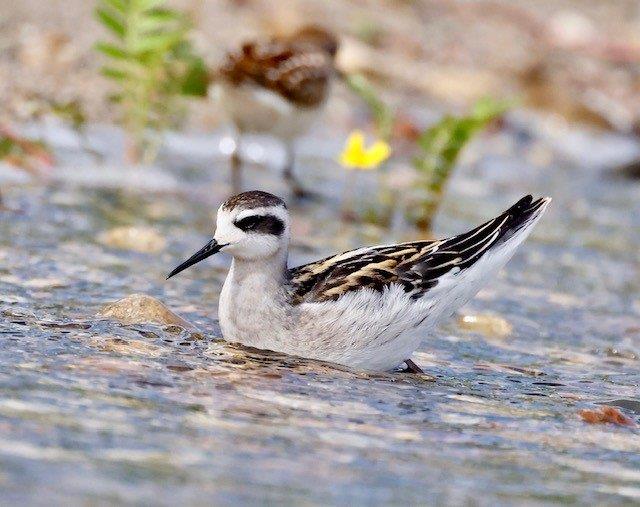
During her time at Nagagamisis, Edith would often excitedly check in with park staff about her discoveries that day. Her deep love of the park and its natural inhabitants is contagious.

Looking back at each photo (she took close to 32,000 during her stay at Nagagamisis this summer!), Edith says, “it gives me an emotion and I know where I’ve been and what was happening during that day.”
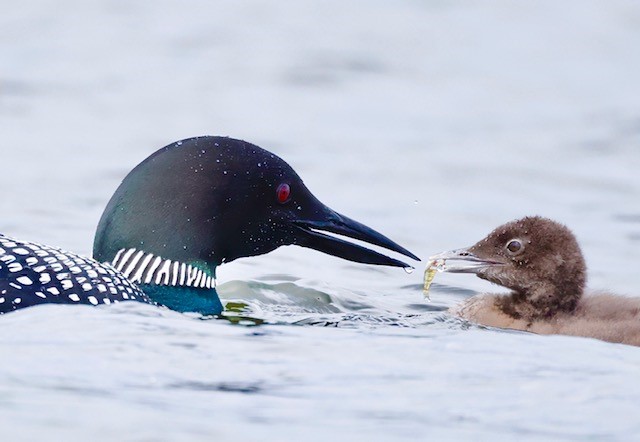
With the volume of photos that Edith has amassed, a budding birdwatcher might wonder how she even finds all these birds. Like many campers, she is happiest spending her time in nature, exploring and that helped her with her search. “Eventually, you know where to look,” explains Edith. “There are certain birds that are ground feeders, while other birds are way up there in the trees.”
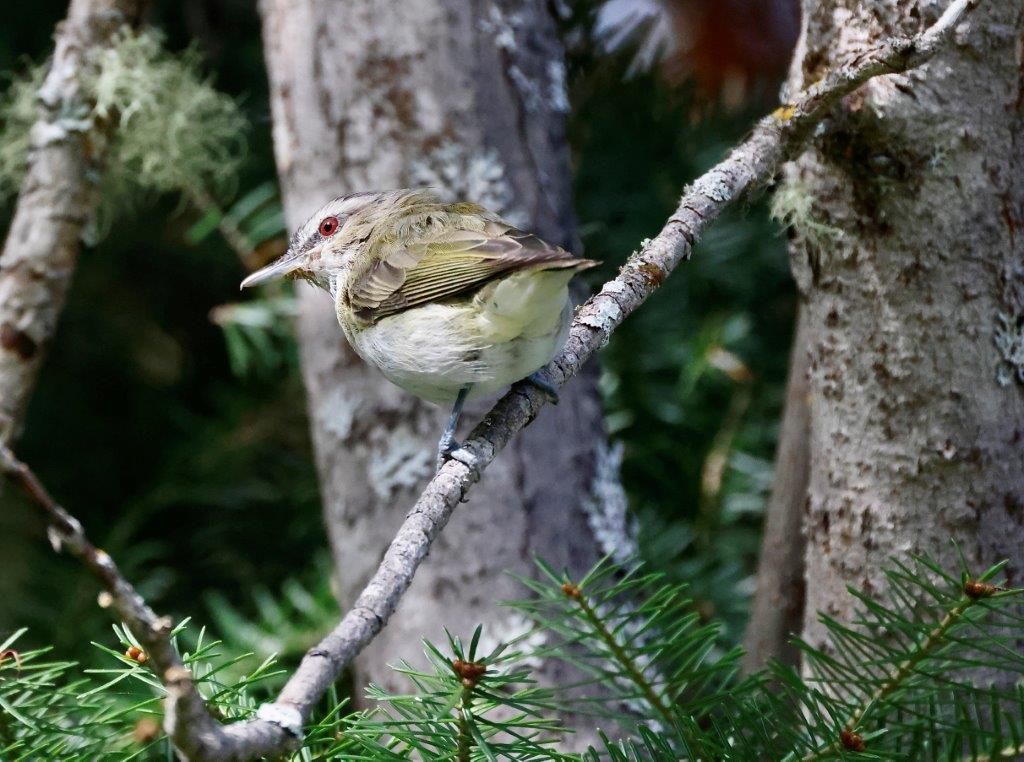
Edith is careful to respect the space of the birds she photographs, getting around mostly by kayak. “I have lots of energy, and kayaking is my meditation.”
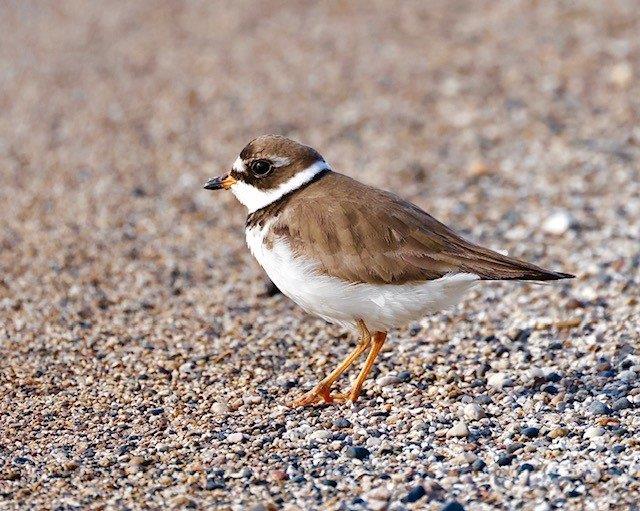
Edith spent so much time observing the birds she photographed that she began to notice not only their beauty, but also their behaviours, personalities, and interactions. As a retired teacher, Edith reflected “[among] some of my favourite students, there are always one or two that stand out, that are not like others, they just don’t fit in. And I noticed that in the ducks, too.”
“It really is a beautiful park. There is so much for all people.” We couldn’t agree more, Edith. Like the birds who call it home, Nagagamisis is unique and worth the journey to see.
Nagagamisis Provincial Park opens for the 2023 season on May 19, when we welcome back our migrating birds and campers alike!
